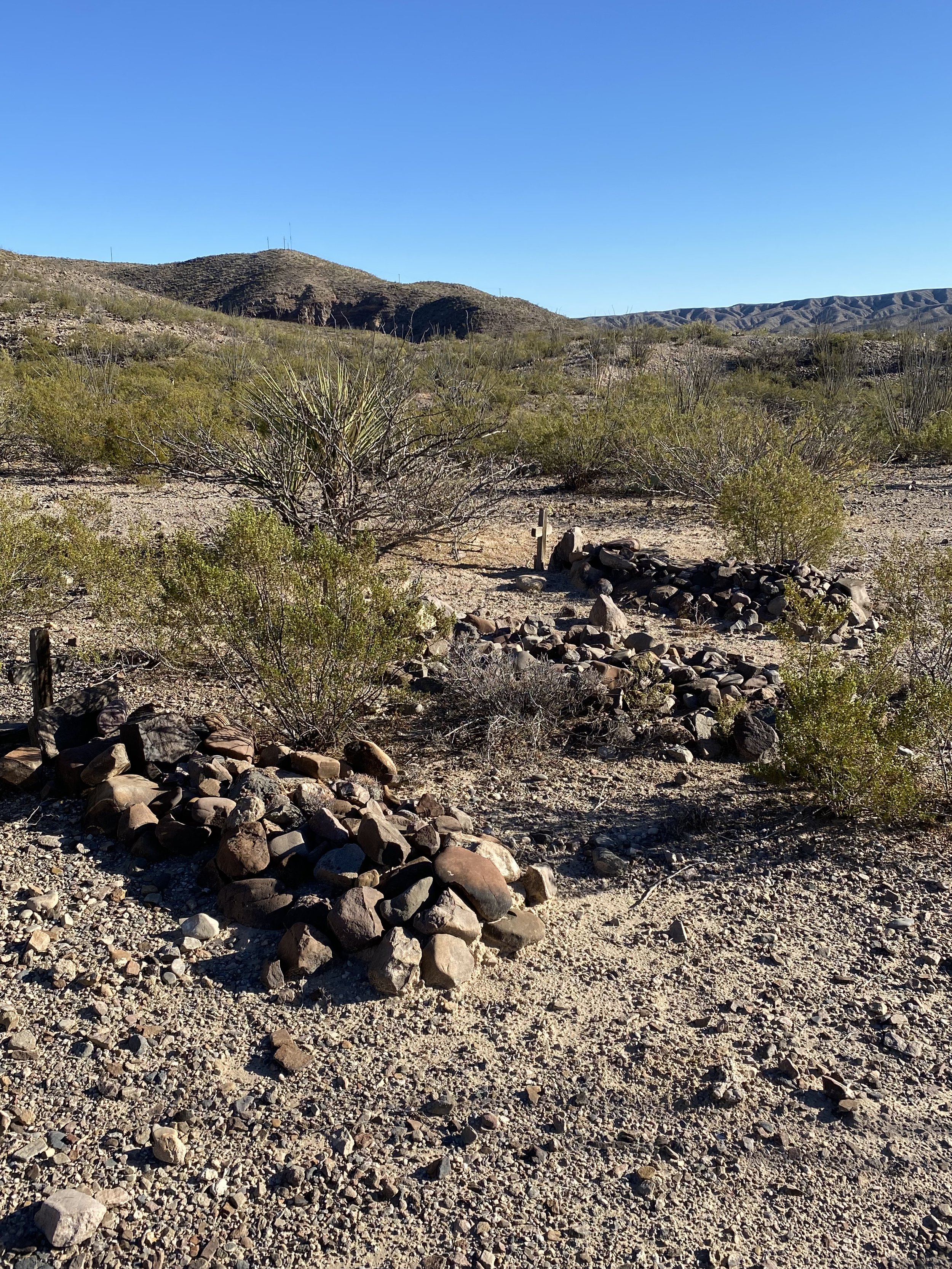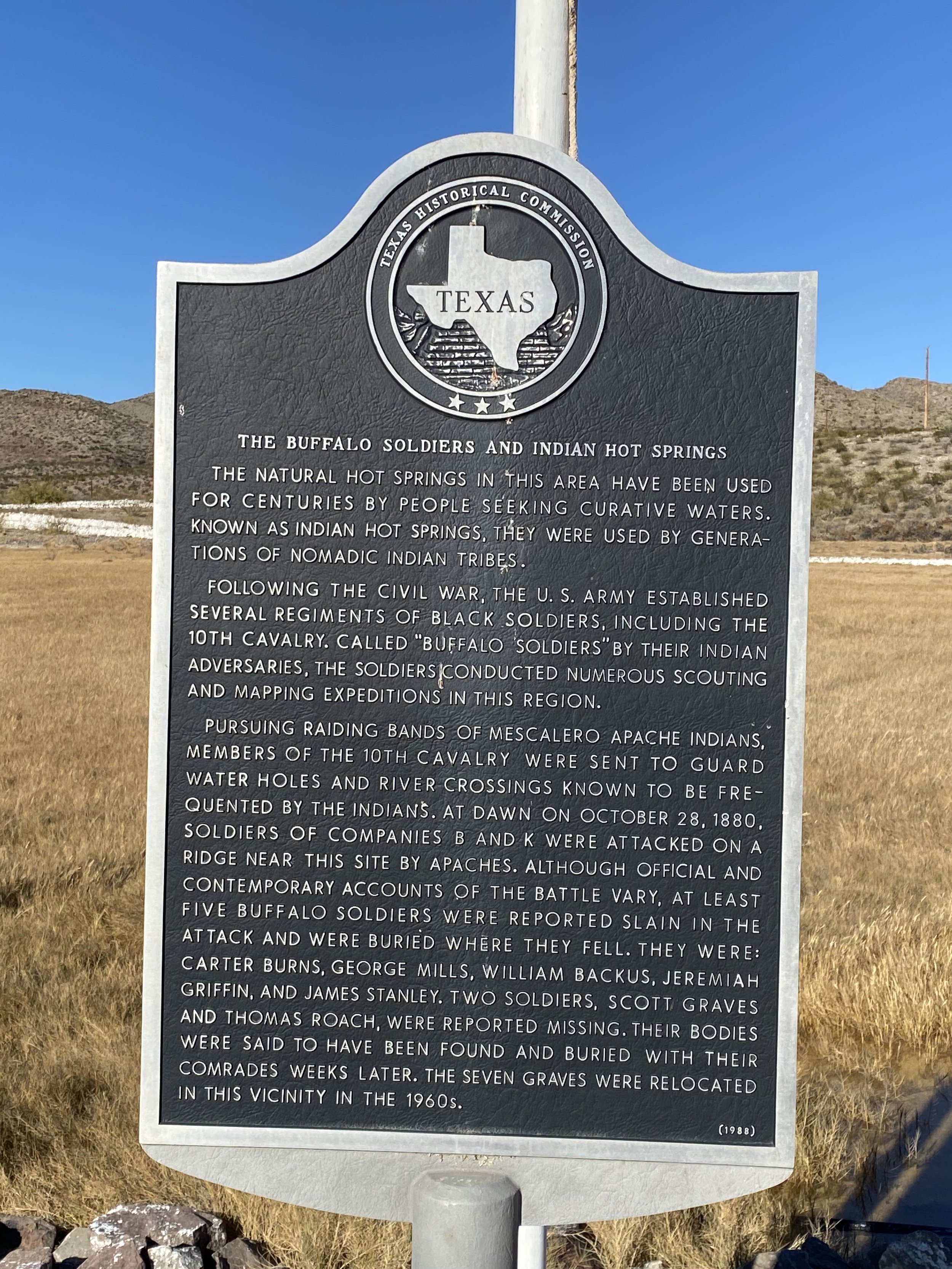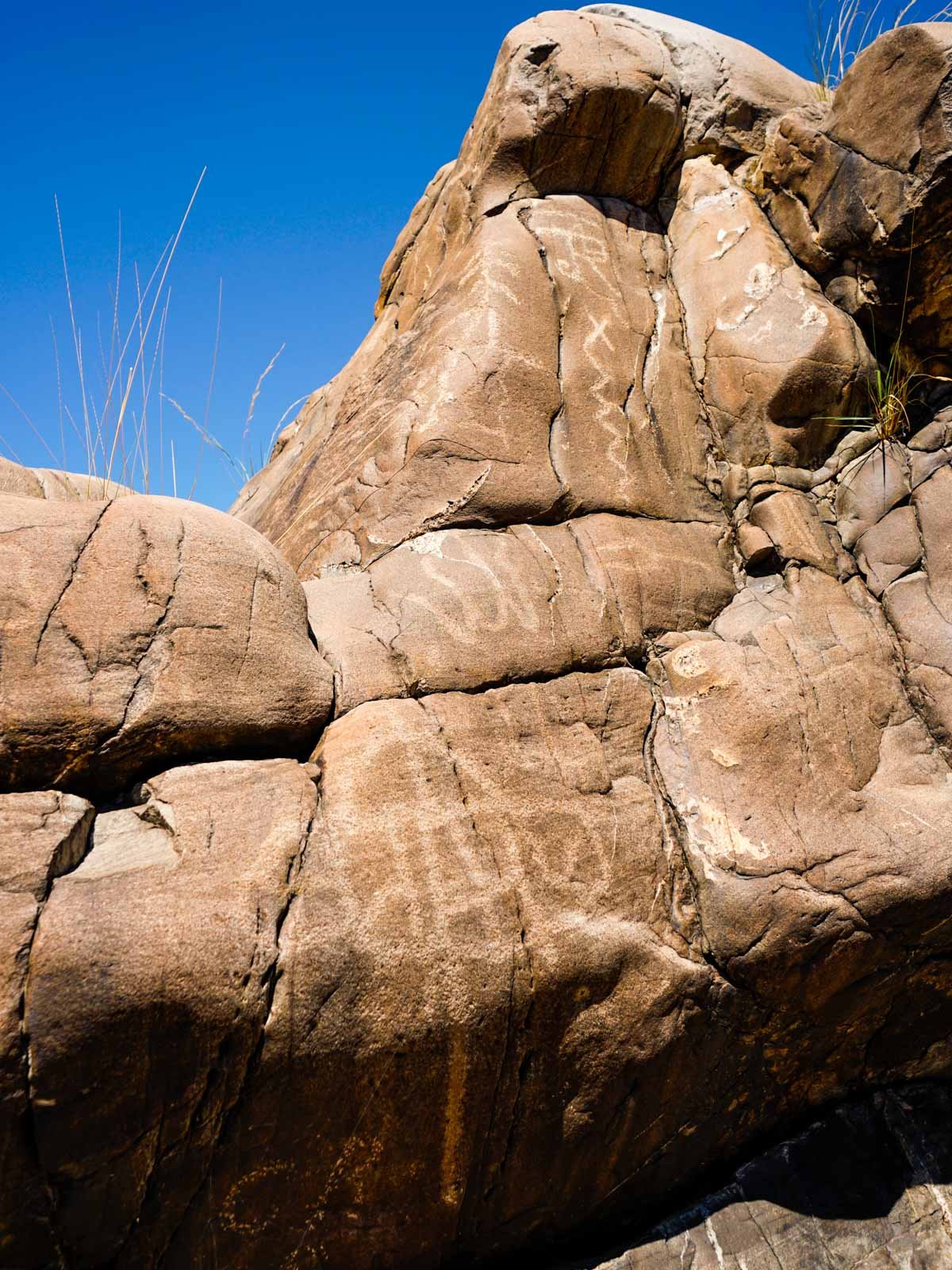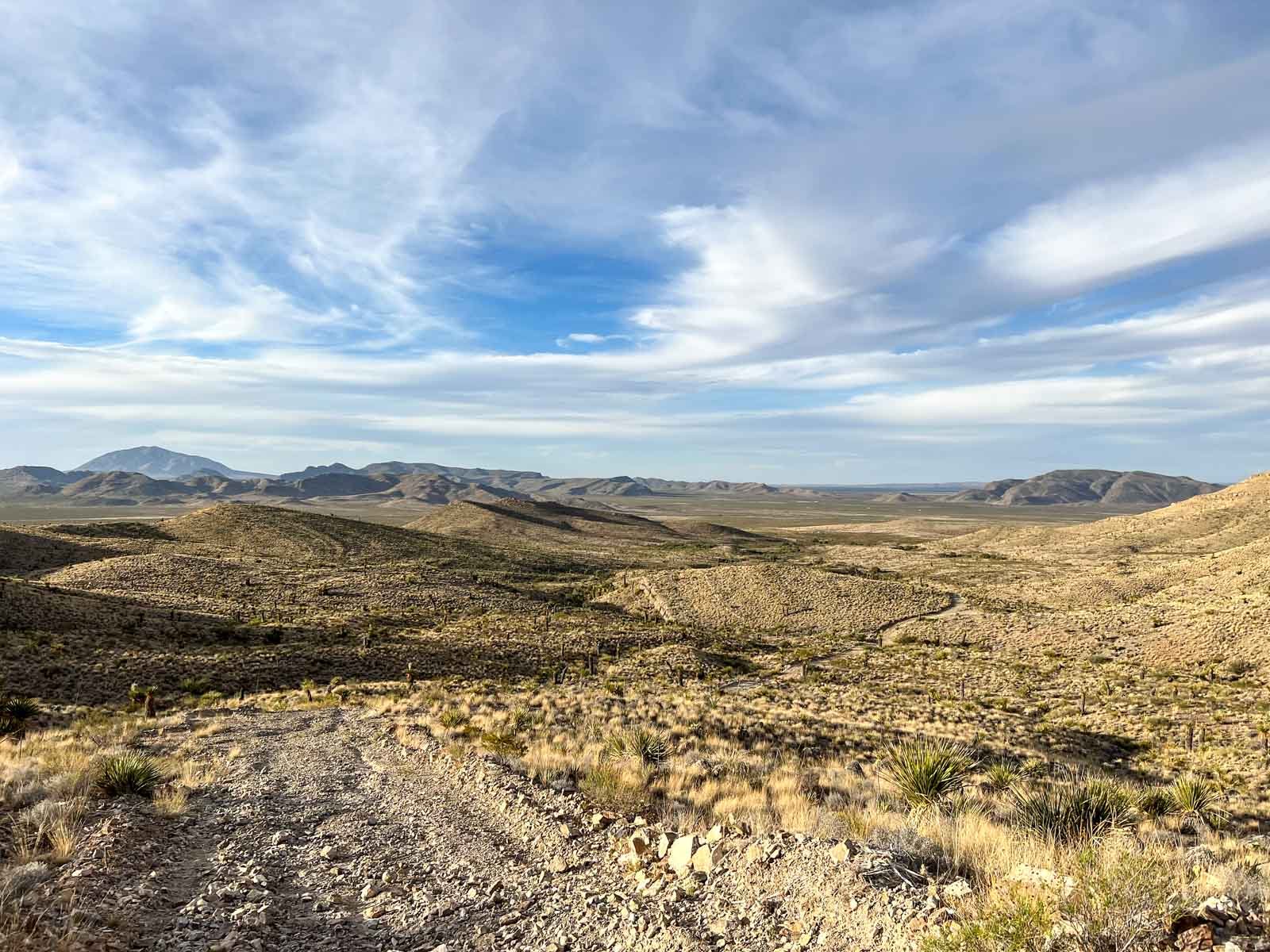Indian Hot Springs Cultural Landscape
The Indian Hot Springs area, situated along the Rio Grande in southern Hudspeth County, is a remote enclave surrounded by the Quitman Mountains. These seven springs, known for their rich mineral content, have attracted humans and wildlife for centuries, boasting archaeological treasures from the Jornada Branch of the Mogollon tribe. Military efforts by the Ninth and Tenth Cavalries, aimed at displacing Apaches, succeeded by 1881. However, in 1880, a tragic skirmish resulted in the death of five soldiers, who were buried where they fell. Efforts to establish the springs as a health resort began in the late 1920s when an El Paso corporation constructed a rock hotel, cabins, and a bathhouse over Chief Spring. The site was added to the National Register of Historic Places in 1990 as the Archeological and Historic Resources in the Indian Hot Springs, Texas Area.
This historic cultural landscape faces potential disruption from the proposed 48-inch-diameter Saguaro Connector Pipeline, intended to transport Texas-produced natural gas to a port facility in Mexico for export to Asia. Protecting the numerous archaeological sites around Indian Hot Springs is imperative to safeguarding this unique area. Heightened awareness can aid private landowners and the General Land Office of the State of Texas in devising long-term strategies for protecting all archaeological resources along the proposed pipeline route. The loss of these sites would create a significant void in the understanding of the area's prehistory, impeding full reconstructions of adjacent regions and the broader region as a whole.








LOCATION: Hudspeth County
DESIGNATION: NRHP
STATUS: Endangered
RESOURCE TYPE: Cultural Landscape
YEAR ADDED TO MEP LIST: 2024
